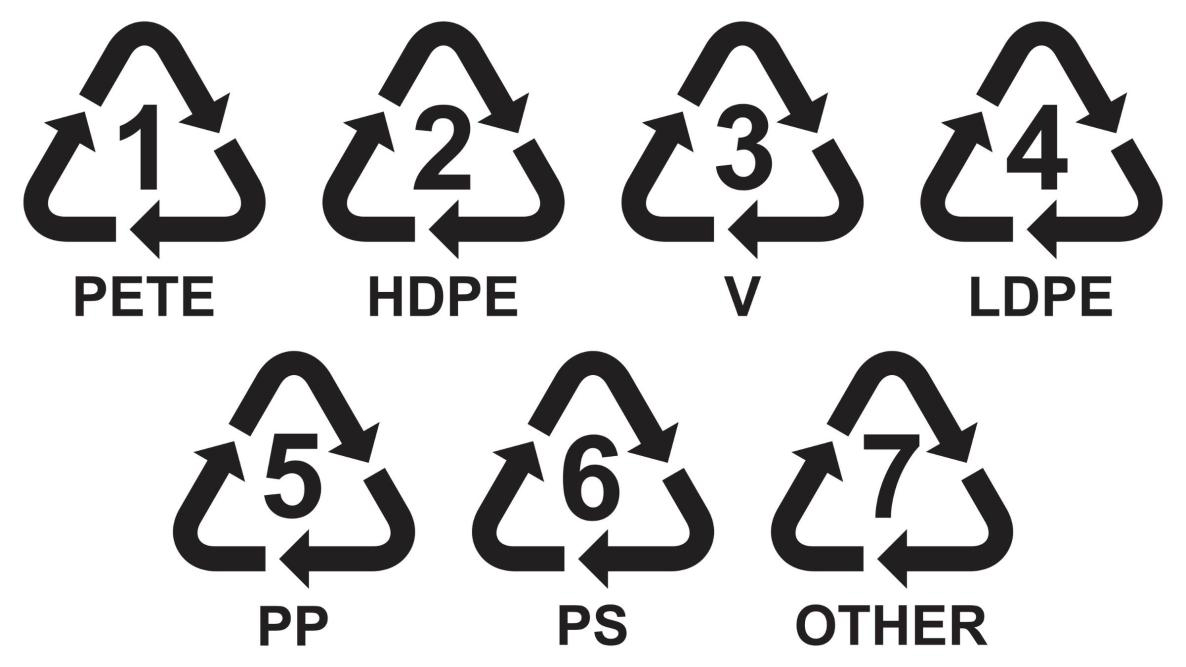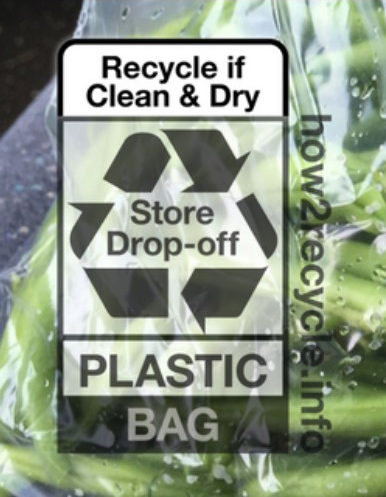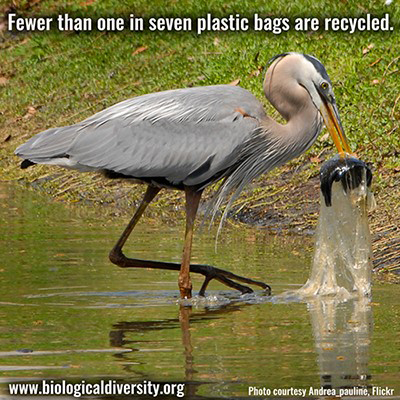
The Scourge of the Earth – Single-Use Plastic
How Did We Get Here?
From the 1950s to the 1970s, only a small amount of plastic was produced, and as a result, plastic waste was relatively manageable. However between the 1970’s and the 1990’s, plastic waste generation more than tripled. In the early 2000’s, the amount of plastic waste we generated rose more in a single decade than it had in the previous 40 years. Today, we produce about 400 million tons of plastic waste every year.
Around the world, one million plastic bottles are purchased every minute, while up to five trillion plastic bags are used worldwide every year. In total, half of all plastic produced is designed for single-use purposes – used just once and then thrown away.
Plastics, including micro-plastics, are now ubiquitous in our natural environment. They are becoming part of the Earth’s fossil record and a marker of the Anthropocene, our current geological era.
And it’s not just animals, especially marine species, that are being put at risk. Micro-plastics enter the human body through inhalation and absorption and accumulate in organs such as lungs, livers, spleens, and kidneys. A study recently detected micro-plastics in the placentas of newborn babies.
What Can We Do to Stop the Madness?
REDUCE
- Reduce your use of plastic bags – use a reusable bag or container when shopping.
- Refuse a bag for easy-to-carry purchases.
RE-USE
- Re-use old plastic bags for multiple shopping trips.
- Re-purpose plastic bags as trash liners or pet waste bags.
RECYCLE – In Your Recycle Bin
Yeah!! Burrtec now says it is okay to place plastic bags in the recycling bin if they have these symbols or numbers on them:
📄 Burrtec - What Can Be Recycled?
How do you prepare plastic bags for recycling?
Plastic bags need to be clean and dry when you place them in a recycling bin.
- You don’t need to rinse out and air-dry each and every bag, but if there are crumbs, shake them out.
- If the bag is damp, let the water evaporate before stuffing it into the bin.
- If there’s a lot of food residue that doesn’t come off easily, it is best NOT to recycle (use it to put your compostable organic waste into!)
Pro Tip: If your plastic bags have paper labels on them, peel them off before recycling the bag. Cut the paper label off with scissors if you cannot peel it off.
RECYCLE – At a Local Store
If your plastic does not have a 1 – 7 recycling symbols, but does have a How2Recycle Store Drop-off label, take it to a local retail store where they collect plastic bags for recycling.
You do not need to take these items back to the same place where you bought them. Even if you purchased the packages online, you can still take them to any retail store with a plastic bag recycling bin. State law requires most large supermarkets and pharmacies have recycling bins so every Californian can return plastic for recycling. In most stores, bag collection bins are located at the front entrance or in checkout areas.
Such plastics can include:
- Grocery, produce, bread, and cereal bags
- Plastic wraps, like the wrap around paper towels, diapers, and multi-packs of bottles
- Bubble wrap and air pillows (To save space in the bin, deflate the wraps and pillows.)
Great Resource!
The website for Earth911 lists stores by Zip Code for where you can recycle plastic bags. Check out your options at Earth 911 Store Recycling by Zip Code
For an even scarier description of the scourge of plastic and tips on a “plastic-free lifestyle,” visit the UN Environmental Program website at Our Planet is Choking on Plastic



